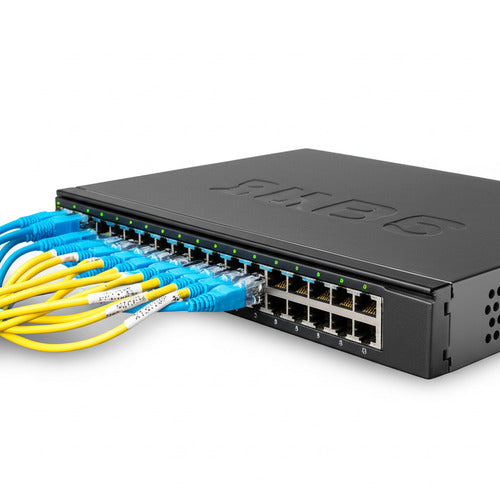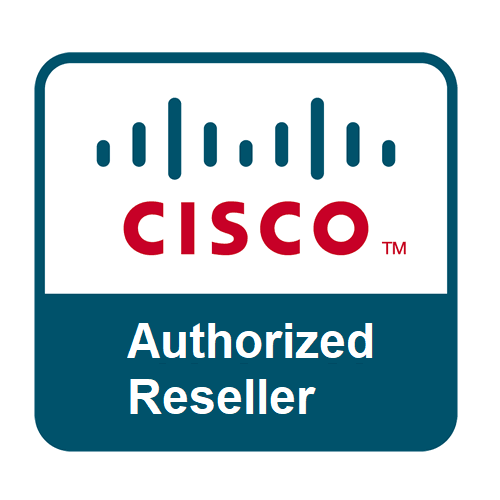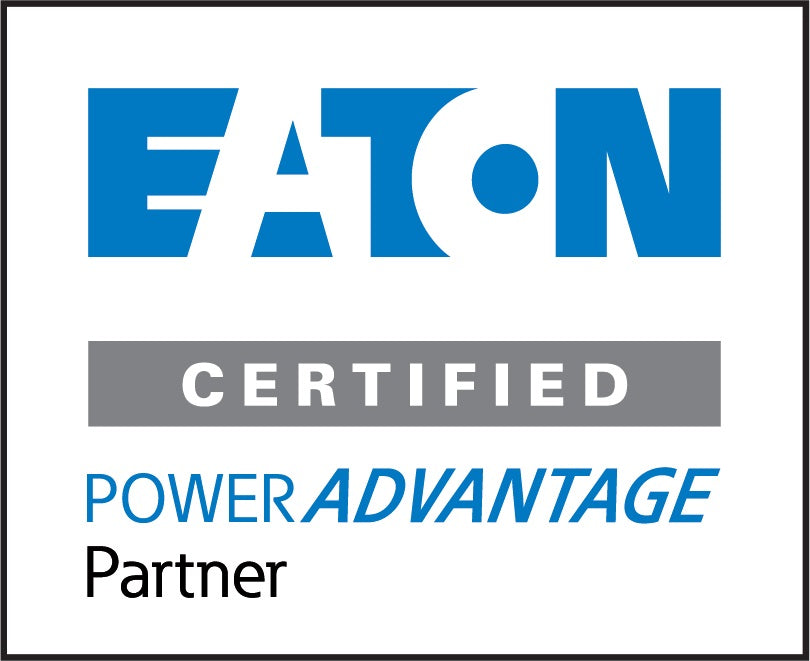Switch it Up! Choosing the Right Network Switch for Your Office
Your office network is the invisible backbone of your daily operations. It's the highway for data, connecting your computers, printers, servers, and the internet. And at the heart of this network often lies the humble yet crucial network switch.
Choosing the wrong switch can lead to bottlenecks, slow speeds, and frustrating connectivity issues, hindering your team's productivity. But fear not! This guide will demystify the world of network switches and help you select the perfect one for your office needs.
Understanding the Basics: What Does a Network Switch Do?
Unlike a router, which directs traffic between networks (like your home network and the internet), a network switch operates within a local area network (LAN). It allows multiple devices within your office to communicate with each other efficiently. Think of it as a traffic controller within your office, ensuring data packets reach their intended destination quickly and reliably.
Key Considerations When Choosing a Network Switch:
Before you click that "add to cart" button, consider these crucial factors:
1. Number of Ports: This is the most straightforward consideration. Count the number of devices you need to connect to your wired network now and anticipate future growth. Switches come in various port densities (e.g., 8, 16, 24, 48 ports). It's always wise to have a few extra ports for future expansion.
2. Speed and Bandwidth: Network speeds are typically measured in Megabits per second (Mbps) or Gigabits per second (Gbps). * Fast Ethernet (10/100 Mbps): Suitable for basic internet access and low-bandwidth tasks. May not be sufficient for transferring large files or running demanding applications. * Gigabit Ethernet (10/100/1000 Mbps): The current standard for most office environments, offering significantly faster speeds for data transfer and network performance. * Multi-Gigabit Ethernet (2.5 Gbps, 5 Gbps, 10 Gbps): Increasingly relevant for businesses dealing with large files, video editing, or running high-bandwidth applications. Consider this if future-proofing is a priority.
3. Managed vs. Unmanaged Switches: This is a critical distinction: * Unmanaged Switches: These are plug-and-play devices that require no configuration. They are simple, affordable, and suitable for very small offices with basic networking needs. * Managed Switches: These offer advanced features and configuration options, allowing for greater control over your network. They often include: * VLAN (Virtual Local Area Network) support: Segmenting your network for security and organization (e.g., separating guest Wi-Fi from your internal network). * QoS (Quality of Service): Prioritizing network traffic for critical applications like VoIP or video conferencing. * SNMP (Simple Network Management Protocol): Allowing for remote monitoring and management of the switch. * Link Aggregation (LAG/LACP): Combining multiple physical ports to increase bandwidth and provide link redundancy.
For most growing businesses, a **managed switch** offers the flexibility and control needed for a robust and secure network.
4. Power over Ethernet (PoE): If you plan to connect devices like VoIP phones, wireless access points, or IP security cameras, consider a PoE switch. PoE allows these devices to receive power directly through the network cable, eliminating the need for separate power adapters and simplifying installation. PoE+ offers even more power for demanding devices.
5. Layer 2 vs. Layer 3 Switches: * Layer 2 Switches: These operate at the data link layer and primarily forward traffic based on MAC addresses. Most office switches are Layer 2. * Layer 3 Switches: These can also perform routing functions, making them suitable for larger, more complex networks that require inter-VLAN routing. For most small to medium-sized businesses, a dedicated router and Layer 2 switches are sufficient.
6. Uplink Ports: These are higher-speed ports (often Gigabit or higher) used to connect the switch to your router or another switch in your network. Ensure you have enough uplink ports with sufficient bandwidth for your internet connection and inter-switch communication.
7. Budget: Prices for network switches can vary significantly based on features and port count. Determine your budget early in the process and prioritize the features that are most critical for your business needs. Consider the long-term cost of network downtime and the benefits of investing in a reliable switch.
Making the Right Choice for Your Office:
To choose the right network switch, ask yourself these questions:
- How many devices do I need to connect now and in the near future?
- What are the bandwidth requirements of my applications and data transfer needs?
- Do I need advanced features like VLANs or QoS?
- Will I be using PoE-enabled devices?
- What is my budget?
By carefully considering these factors, you can confidently select a network switch that will provide a reliable, efficient, and scalable foundation for your office network, empowering your team to stay connected and productive. Don't let a poorly chosen switch become a bottleneck – invest wisely in your network infrastructure!
What are your biggest networking challenges? Share your experiences and questions in the comments below!







